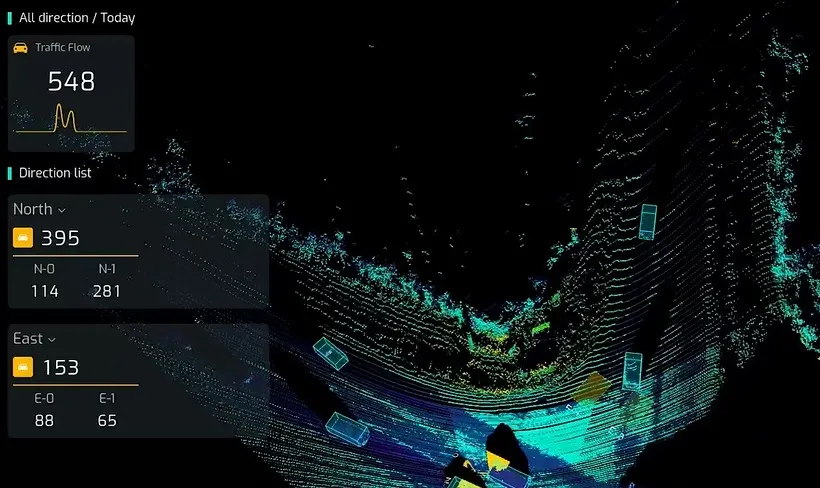Finland’s capital city, Helsinki, has installed an intelligent vehicle access control system in an effort to increase road safety, reduce hazardous emissions and make the city centre more cyclist and pedestrian friendly. Developed by Dutch vehicle detection supplier Nedap, the system provides selective vehicle access control, enabling the city to regulate traffic move movements and reduce the volume of vehicles in the city centre, by allowing only vehicles with a valid permit to enter. The system offers a
February 5, 2013
Read time: 2 mins
Finland’s capital city, Helsinki, has installed an intelligent vehicle access control system in an effort to increase road safety, reduce hazardous emissions and make the city centre more cyclist and pedestrian friendly.
Developed by Dutch vehicle detection supplier3838 Nedap, the system provides selective vehicle access control, enabling the city to regulate traffic move movements and reduce the volume of vehicles in the city centre, by allowing only vehicles with a valid permit to enter. The system offers a high level of flexibility in permitting access to vehicles based on need, route, destination and time of day.
Finnish access control systems specialist Visy installed the system on three access roads to the city, using various technologies for identification and communication. Long range RFID technology is used to identify vehicles, while a vehicle management controller (VMC) connects to barriers, traffic lights and RFID readers and controls their activity. The VMC hardware layout and purpose built embedded software provide an easily-maintained installation.
According to Nedap, access control has proved to be an effective method for reducing unnecessary traffic volume in city centres. They say Helsinki has seen the results as positive and is currently considering increasing the number of restricted traffic zones in the city.
Developed by Dutch vehicle detection supplier
Finnish access control systems specialist Visy installed the system on three access roads to the city, using various technologies for identification and communication. Long range RFID technology is used to identify vehicles, while a vehicle management controller (VMC) connects to barriers, traffic lights and RFID readers and controls their activity. The VMC hardware layout and purpose built embedded software provide an easily-maintained installation.
According to Nedap, access control has proved to be an effective method for reducing unnecessary traffic volume in city centres. They say Helsinki has seen the results as positive and is currently considering increasing the number of restricted traffic zones in the city.










